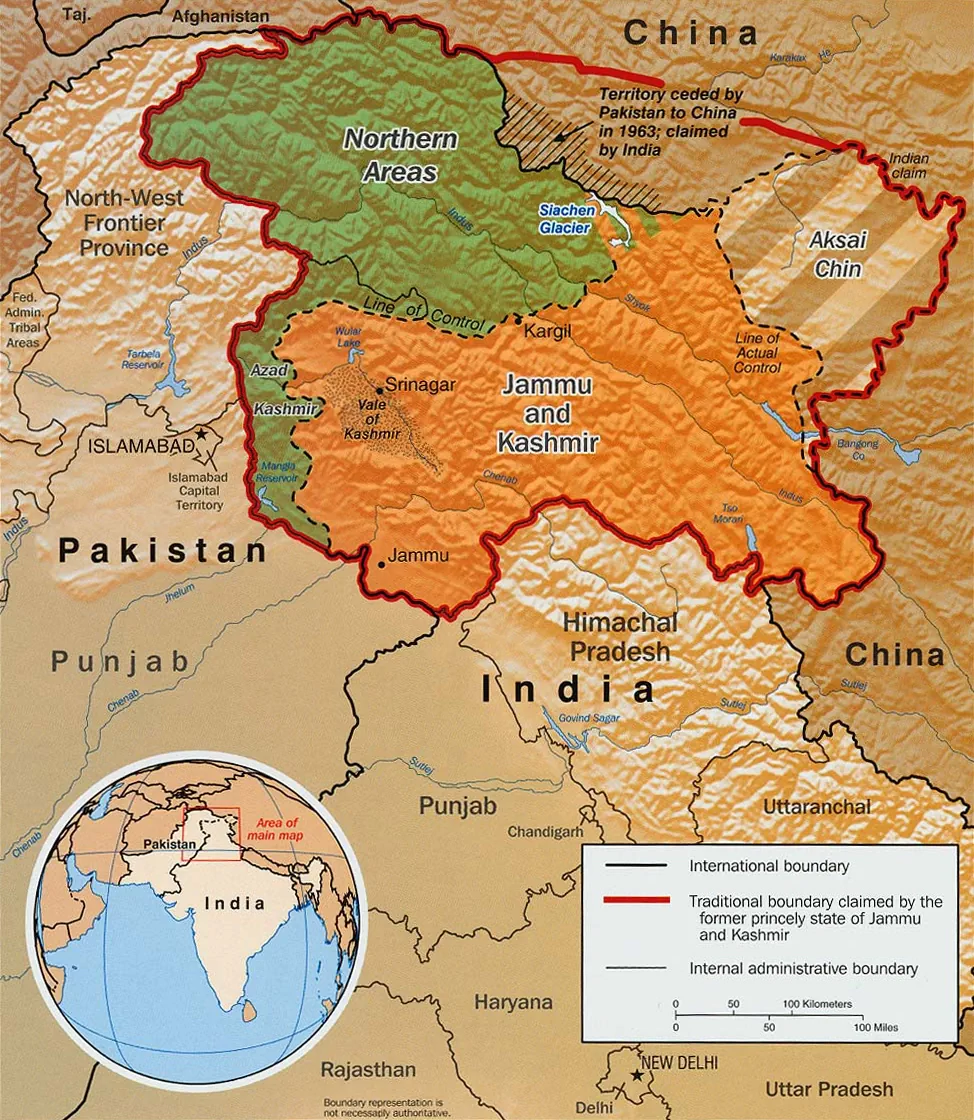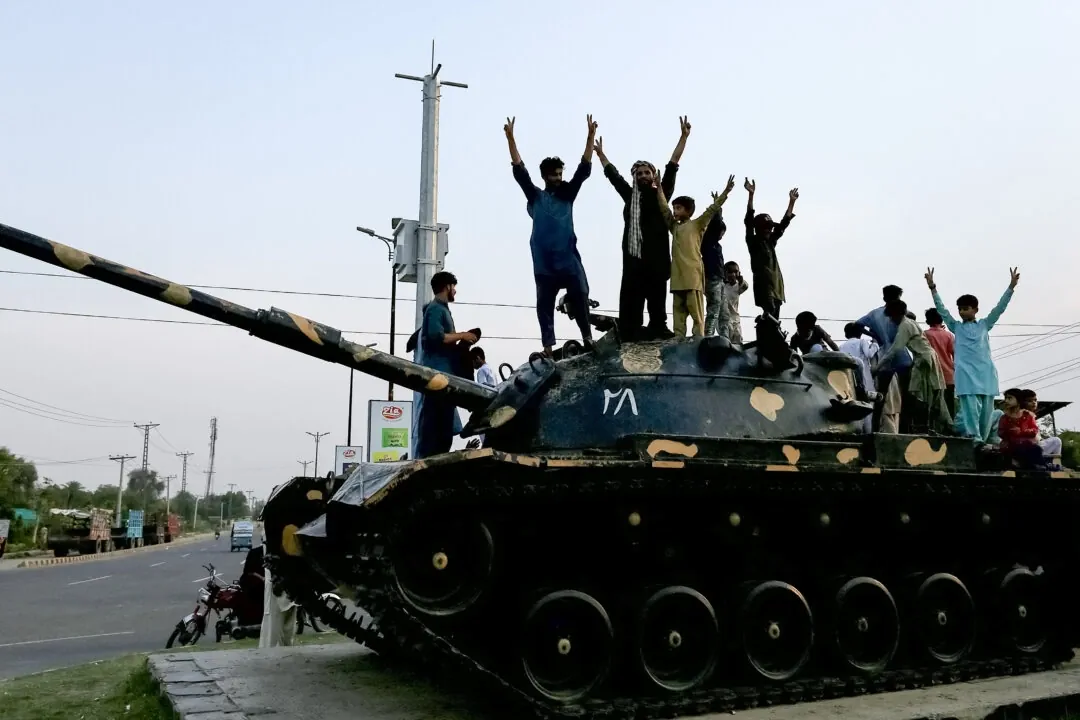Pakistan Violates Ceasefire Agreement with India
India and Pakistan agree to a sudden ceasefire after heightened border tensions, but violations and explosions raise doubts about its stability.
India-Pakistan Ceasefire Announced Amid Escalations and Violations
The fragile relationship between India and Pakistan took a pivotal turn on May 10, 2025, as both nations agreed to a sudden ceasefire, bringing a brief pause to days of cross-border violence and political hostility. However, celebrations were short-lived as explosions and violations were reported just hours after the agreement took effect.
Ceasefire Agreement Announced
In a surprising development, military leaders from both India and Pakistan agreed to an immediate halt to all hostilities along the disputed Line of Control (LoC). The ceasefire, which started at 17:00 IST (11:30 GMT), was the result of international diplomatic pressure.
“Pakistan has always strived for peace and security in the region, without compromising on its sovereignty and territorial integrity,” said Pakistani Foreign Minister Ishaq Dar.
Violations Rock Kashmir
Despite the agreement, explosions were heard across Srinagar, Baramulla, and Jammu. Local sources reported projectile activity, a power shutdown, and air sirens in parts of Indian-administered Kashmir.
“What the hell just happened to the ceasefire?” posted Omar Abdullah, Chief Minister of the federal territory, on X (formerly Twitter).
Conflicting Statements Emerge
Indian Foreign Secretary Vikram Misri accused Pakistan of violating the agreement within hours, while Pakistan’s Information Minister Attaullah Tarar denied any such breaches. The contradictory statements have fueled uncertainty over the truce’s future.
“We call upon Pakistan to take appropriate steps to address these violations,” said Misri, adding that Indian forces had been instructed to respond “strongly.”
Mediated by International Powers
The ceasefire was reportedly mediated by multiple international actors. Former U.S. President Donald Trump claimed credit on Truth Social, saying the U.S. led the negotiations.
Meanwhile, the UK, which recently signed a major trade deal with India, was also seen as a significant behind-the-scenes player. According to US Secretary of State Marco Rubio, the ceasefire includes provisions for broader peace talks, though India’s official stance contradicts this.
Underlying Issues Still Simmering
Although the ceasefire brings hope, key issues remain unresolved:
- The Indus Waters Treaty, suspended by India in April, remains a point of contention.
- Trade and visa restrictions imposed after April 22 are still in effect.
- Residents on both sides of Kashmir remain fearful of a relapse into violence.
“We want peace and an end to all these hostilities,” said Rumaisa Jan, a Srinagar resident.
A Region Caught in Crossfire
In Pakistan-administered Muzaffarabad, locals welcomed the ceasefire with hope.
“For us, peace means survival,” said Zulfikar Ali. “We’ve suffered enough.”
Security analysts like Sahar Khan warn the situation is still fragile. The 2021 ceasefire, reinstated in 2023, was already under strain before the latest escalation.
“There are real fundamental political issues that need to be addressed,” said Elizabeth Threlkeld, South Asia Programme Director at the Stimson Centre.
Final Thoughts
While the ceasefire provides a momentary sigh of relief, the ongoing instability and mutual distrust between India and Pakistan suggest that lasting peace remains elusive. As global and local players continue to watch closely, all eyes now turn to May 12, when military leaders are expected to speak again.



